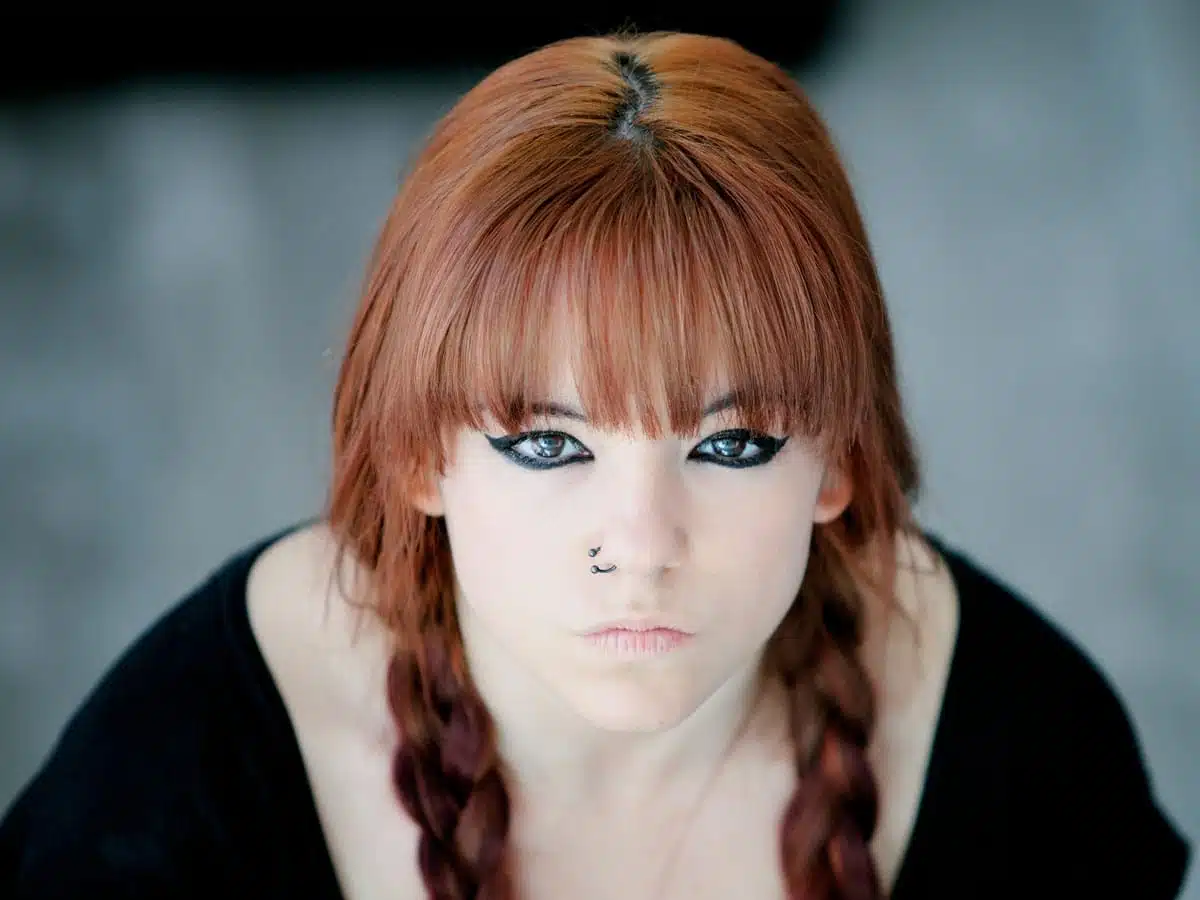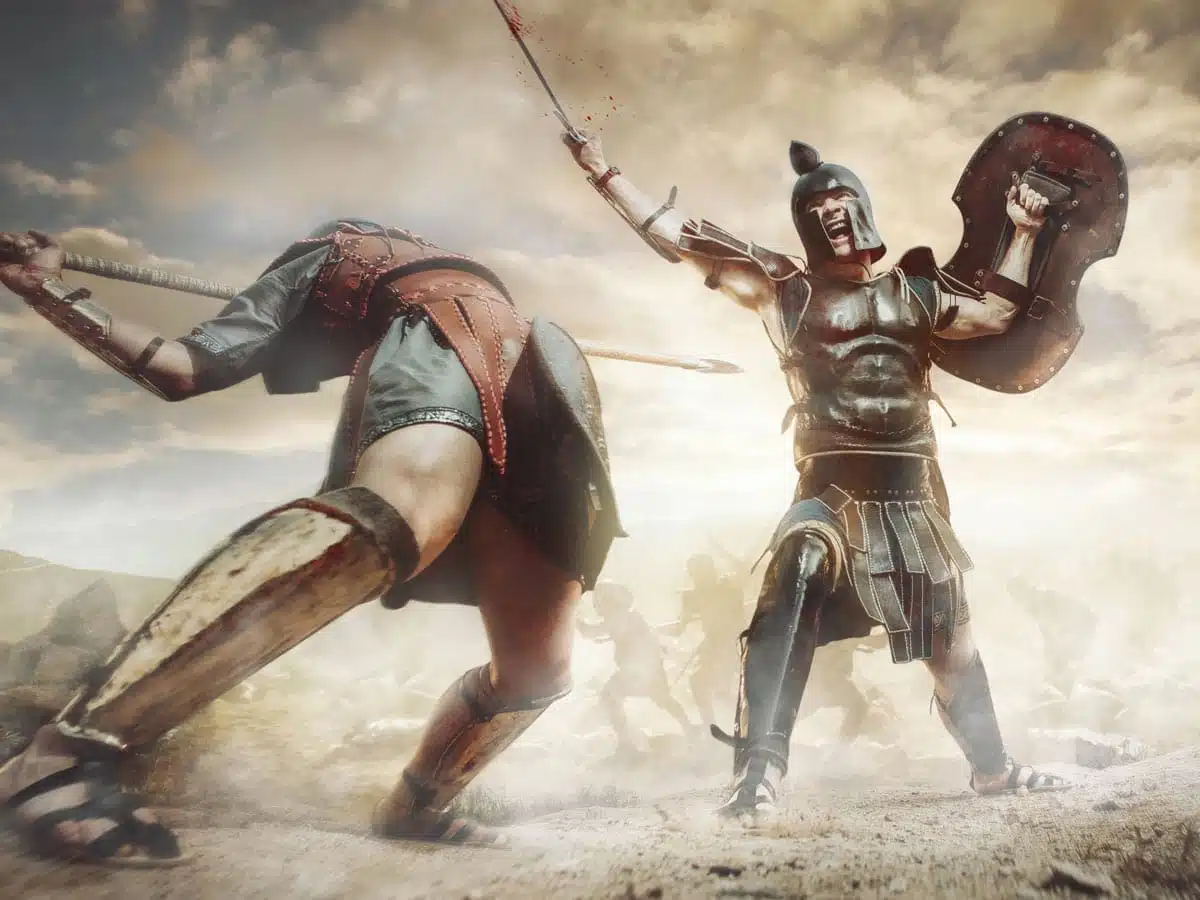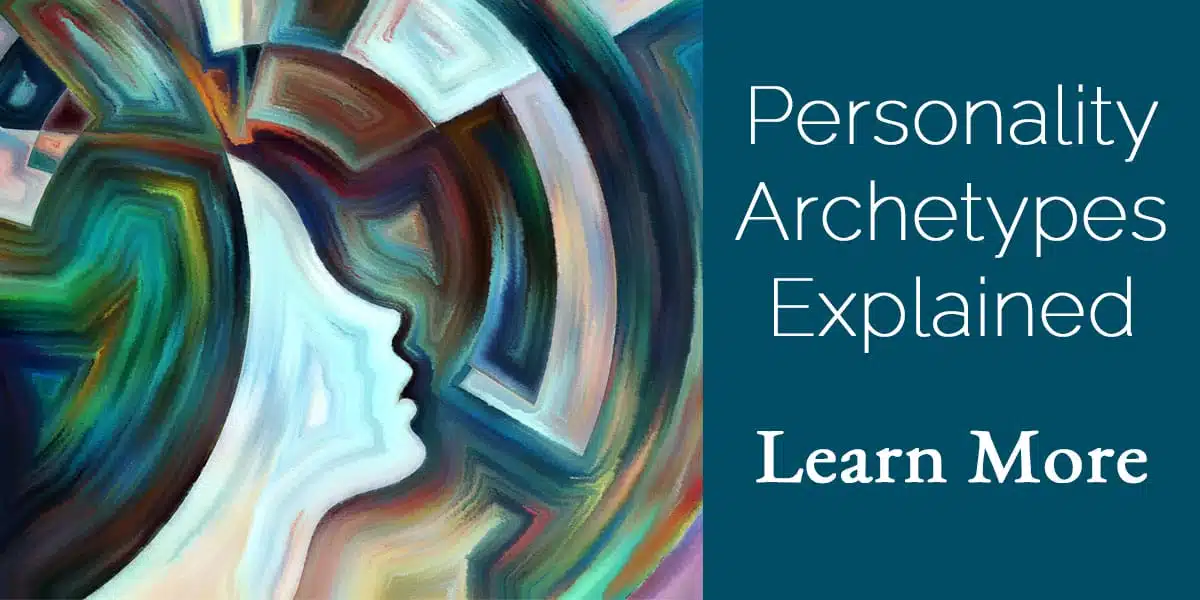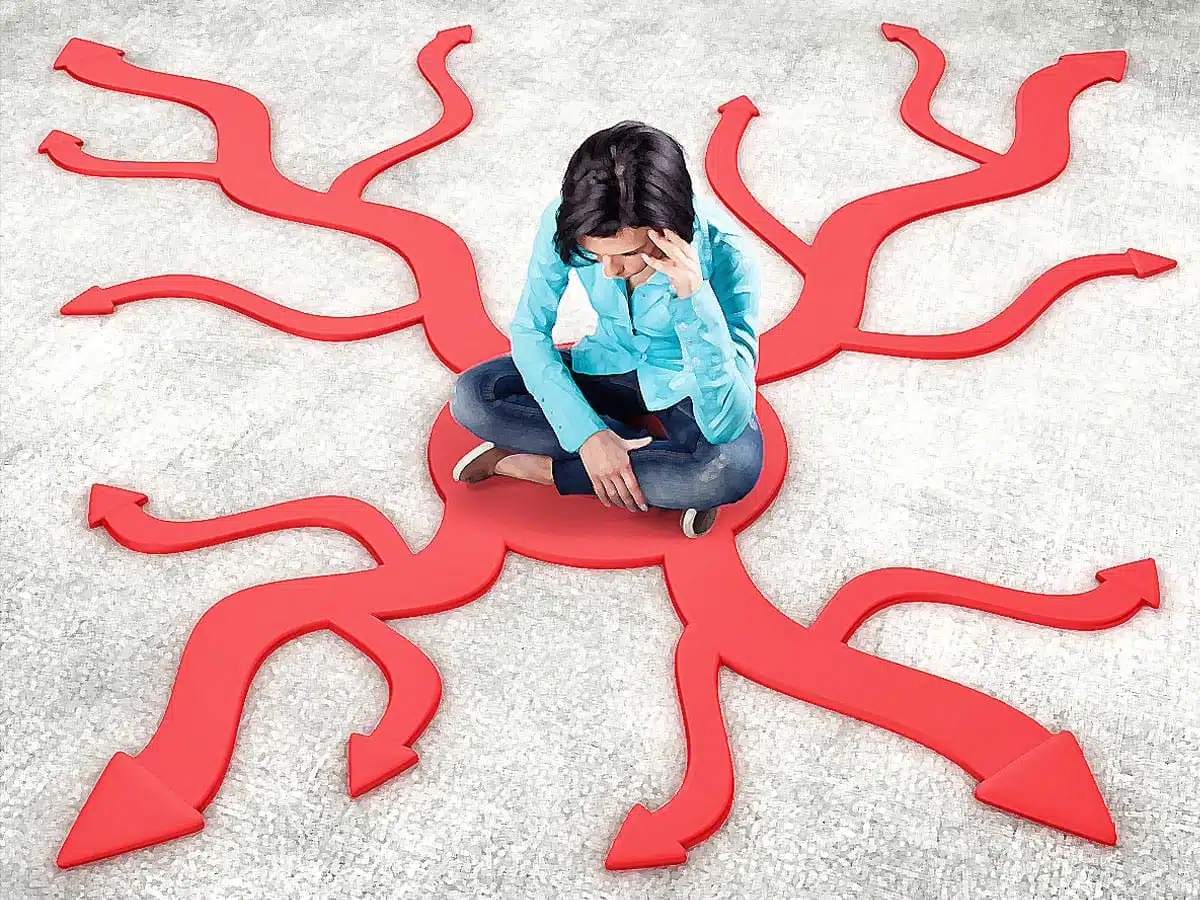The Mother Archetype
Let’s get the first, most obvious question out of the way. Do you have to have biological or adopted human children to have the mother achetype?
The answer is absolutely, “No”. Both women and men can mother nieces and nephews, friend’s children, and adults who act like children. The mother archetype doesn’t require an actual child to nurture either. She can treat siblings, parents, friends, employees, and co-workers like children. She can mother her pets, her garden, and her land. Companies and organizations need plenty of mothering. Creative projects flourish under the nurturing influence of the mother archetype.
It is worth remembering that all of us have the child archetype. It is an archetype that every human being on the planet experiences. Thus, the mother archetype can nurture any inner child in any person in the world.
The Cosmology of the Mother Archetype
The mother archetype is a lot to live up to. And this is no mistake. It is archetypal. This pattern of high expectations comes with the territory. In the big picture, the mother archetype is the giver of life. She is the one who gave birth to the stars, the planets, the suns, the moons, and our world. She is the protector and nurturer of the life force of the cosmos. She has the capacity for the immense expression of unconditional love, devotion and caring.
The crux of the tension in the mother archetype is the pull between the mother’s needs versus her children’s needs. For some mothers this is not a question. Her mother instinct causes her to naturally put her children first. For other mothers it is a tougher decision. Regardless of the statistics, this is the overarching dialectic within the field of the mother archetype.
Dealing with Pressure in the Mother Figure
The mother archetype carries lot of pressure. Every person that is under the influence of the mother archetype pulls from a set number of recognizable strategies to manage the immense pressure of the job. It doesn’t matter if you wear the mother archetype naturally or you don’t have a mothering bone in your body. If you find yourself in the role of the mother, these characteristics of the mother archetype are ones you will negotiate in one form or another.
Strategy #1 – Hover – For some within the field of the mother archetype the first instinct is to watch the child like a hawk, so that everything goes perfectly for the child and he is always safe. In the extreme, this can be the overbearing mom who leaves nothing to chance. We know the downside of this pattern. But, the upside is that children of these mothers can grow up to be secure and confident children who are able to rely on and trust others.
Strategy #2 – Transfer – Another strategy is to transfer the pressure and expectations onto the child. This is the mom that projects her hopes and dreams onto her child. A transference pattern like this can lead to an abusive mother than is constantly criticizing and/or attacking her child for not being enough. Practiced lovingly, this strategy can manifest in the child that excels because she has someone that never stops believing in her.
Strategy #3 – Roam – Other moms figure the best bet may be just to shirk the pressure altogether and allow the children to roam free. These are the free-range kids that other parents look at and say, “where is his mom?” This strategy can spiral into the neglectful or abandoning mother who is not there when the child truly needs them. It can also result in the child who grows into a independent, responsible, highly functioning adult.
Strategy #4 – Befriend – Then there is the mother who looks to be the best friend. She channels the pressure of being a mom to construct an intense bond between herself and the child. If the child always likes her, then she knows she is doing a good job. If not, chaos ensues. A child of this type of mom can resent neediness or be an outgoing and loving adult who forms equal partnerships.
These are the few of the strategies to help you see the way the power of the mother archetype is channeled. The strategies are often used in combination.
Types of the Mother Archetype
There are a kaleidoscope of manifestations of the mother archetype. Just look at these lists of traditional and modern mother archetypes and you’ll see how each pulls you into an entire story, an entire world.
Traditional Mother Archetype Examples: Career (or Working) Mom, Mr. Mom, Homemaker, Virgin Mother, Birth Mom, Adopted Mom, Mother Figure, Neglectful/Abusive Mother, Mother Nature, Mother Bear.
Modern Mother Archetype Examples: Helicopter Mom, Free-Range Mom, Soccer Mom, Tiger Mom, PTA Mom, Hot Mess Mom, Perfectionist Mom, Hipster Mom, Best Friend Mom, Stage Mom.
Shadow of the Mother Archetype
Children have a way of seeing the shadow aspect of the mother figure regardless of how much she tries (and is) a good mother. This is the natural process of individuation. So, next time the person you are mothering starts to push back and complain about your poor qualities, don’t fret. It is not personal. Taking it personally can trigger some of the less savory aspects overbearing, dependent or abusive mother.
Know that this is all happening in its natural order. It is time for the fledglings to venture out of the nest. It is up to you to determine if the mother instinct is also leaving you. If not, another person, animal or project in need of a mother is close at hand.
Universal Power of the Mother
We all come under the influence of the mother archetype when we birth a project out into the world. Examples of projects we birth are books, businesses, new houses, works of art, room designs, engineering drawings, and so on. Creative projects don’t have to be artistic in nature, they just need to be something new in the world that wasn’t there before you brought it into form.
When looking at the pressure the mother archetype is under and the ways we seek to alleviate, transfer, control, escape, or channel that pressure, look at your creative projects. Are you able to balance all the influences and come into the true power of the mother archetype offering unconditional love and bottomless support? Are you able to draw on your mother instinct and know when it is time to let go? The mother archetype teaches us the perfect timing of when to move in and when to step back.
For more information about the protective aspect of the mother archetype see this article on the Mother Bear.
For further insight into the universal power of the mother archetype, watch this video!
Go deeper into your relationship
with the mother archetype…
“The Nurturers: Mother, Companion, Servant”
Online Class
All three archetypes love to care for others and pour their energy into giving. They reach their full potential once they complete the journey through the self and into their unique form of service. The divine mother aligns with the cycles of life. The loyal companion softens the hardened heart. The humble servant embraces service to all.














